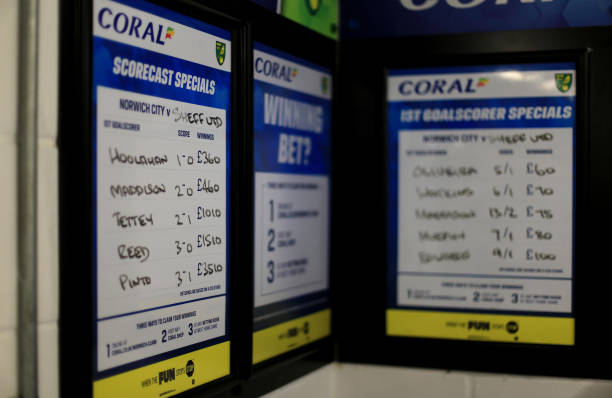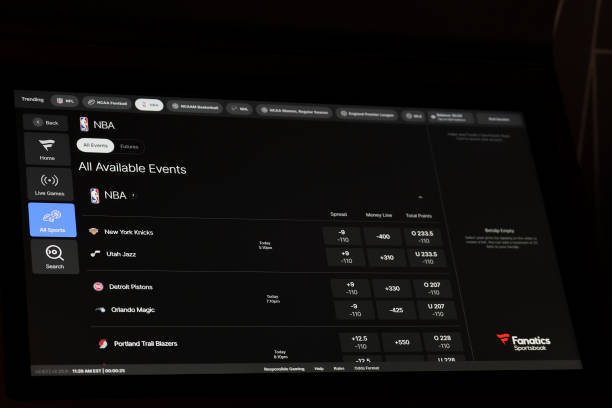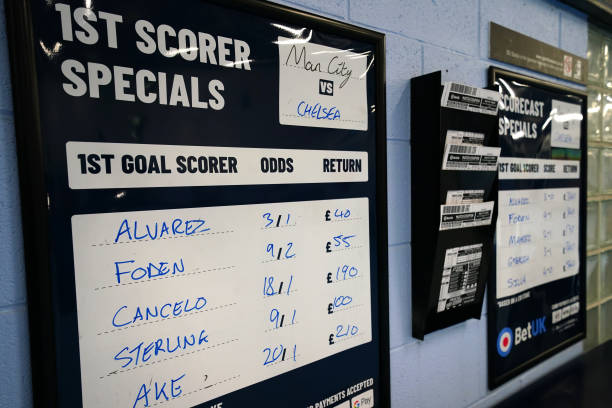
Introduction: A Beginner’s Guide to Betting Odds
Whether you’re a novice bettor or an experienced gambler, understanding betting odds is crucial to making informed betting decisions. Odds tell you how much money you stand to win based on your wager and reflect the probability of an outcome in a sports event. There are three primary formats for expressing betting odds: decimal, fractional, and American. Each of these formats conveys the same essential information, but in different ways.
In this comprehensive breakdown, we will dive into the differences between decimal, fractional, and American odds. You will learn how to read and interpret each format, as well as how they affect your potential payout. By the end of this article, you’ll be well-equipped to navigate any betting site, no matter which odds format is used.

3. Decimal Odds: The Simplest and Most Popular Format
Decimal odds are the most widely used format worldwide, particularly in Europe, Canada, and Australia. They represent the total amount you will receive if you win a bet, including your original wager. Decimal odds are simple to understand and calculate, making them ideal for beginners.
How to Read Decimal Odds
The formula for calculating your potential payout with decimal odds is:
Payout = Stake x Decimal Odds
For example, if you place a bet of $10 at 2.50 decimal odds, the calculation would be:
Payout = $10 x 2.50 = $25
This means you would receive $25, which includes your $10 stake and $15 profit.
Why Decimal Odds Are Popular
- Simplicity: Decimal odds are straightforward, making it easier for bettors to calculate their potential payouts.
- Transparency: The odds directly tell you how much you’ll win for every dollar (or unit) you wager.
- Consistency: Decimal odds do not change based on the amount wagered, unlike fractional or American odds.
This format is perfect for new bettors who prefer simplicity and clear calculations.

2. Fractional Odds: The Traditional Betting Format
Fractional odds are commonly used in the UK and Ireland, and they represent the profit you can make on a bet relative to your stake. Unlike decimal odds, which show the total payout, fractional odds show just the profit portion of your potential return.
How to Read Fractional Odds
For example, if the odds are 5/1 (read as “five to one”), it means that for every $1 you wager, you will win $5 in profit if your bet is successful. The total payout would be your initial stake plus the profit.
- Bet = $10 at 5/1 odds
- Profit: $10 x 5 = $50
- Total payout: $50 (profit) + $10 (stake) = $60
Why Choose Fractional Odds?
- Traditional Format: Fractional odds are the oldest format used in betting and are still preferred in many countries, particularly for horse racing.
- Simple Profit Calculation: The format clearly shows how much profit you stand to make compared to your stake.
- Widespread Use in the UK and Ireland: Many bettors in these regions are accustomed to fractional odds, especially for betting on sports like horse racing and greyhound racing.
While they may be more challenging for beginners compared to decimal odds, fractional odds offer clarity for bettors accustomed to traditional betting formats.

1. American Odds: The ‘Moneyline’ Format
American odds, often referred to as the moneyline odds, are widely used in the United States. These odds can either be positive (+) or negative (-), and they indicate how much you can win or need to wager to make a profit.
Positive American Odds (+)
Positive American odds show you how much profit you can make on a $100 bet. For example:
- +150 odds means that for every $100 you bet, you will win $150 in profit.
If you bet $50 at +150 odds, the formula is:
Payout = $50 x (150/100) = $75
This means you would win $75 in profit, plus your $50 stake, for a total payout of $125.
Negative American Odds (-)
Negative American odds show you how much you need to bet to make $100 in profit. For example:
- -200 odds means you need to bet $200 to make a $100 profit.
If you bet $100 at -200 odds, the calculation is:
Payout = $100 x (100/200) = $50
This means you would win $50 in profit, plus your $100 stake, for a total payout of $150.
Why Use American Odds?
- Favored in the U.S.: American odds are the standard format in the U.S., especially for sports like football, basketball, and baseball.
- Dynamic Odds Calculation: American odds give you insight into how much risk is involved in a bet, with negative odds indicating favorites and positive odds indicating underdogs.
- Straightforward for Experienced Bettors: Once you understand the system, it’s relatively easy to calculate how much you need to wager and what your potential returns are.
This format can be more complex for beginners, but it’s widely used in U.S. sports betting and offers a lot of flexibility in understanding how to manage risk and reward.
Comparing Decimal, Fractional, and American Odds
Now that we’ve broken down the three main types of betting odds, it’s important to understand how they compare. Here’s a quick guide to help you visualize the differences:
| Format | Example | What You Win (on $100 Stake) | Profit (on $100 Stake) |
|---|---|---|---|
| Decimal | 2.50 | $250 | $150 |
| Fractional | 5/1 | $500 | $400 |
| American (+) | +150 | $250 | $150 |
| American (-) | -200 | $150 | $50 |
This table makes it easier to compare the payout potential across different odds formats.
SUGGESTED FOR YOU
Top 5 Football Betting Markets You Need to Know for Winning in 2025
Betting Insights: Why Sharp Bettors Focus on Statistics and Not Gut Feelings
Conclusion: Mastering Betting Odds for Smarter Wagers
Understanding betting odds is an essential part of becoming a successful bettor. Whether you prefer decimal, fractional, or American odds, knowing how to read and calculate odds will help you make smarter bets and improve your chances of winning. Remember to always research your bets, stay disciplined, and manage your bankroll effectively.
As you gain more experience in betting, you’ll find that different formats work better for certain types of bets or sports. However, with a solid understanding of how each odds system works, you’ll be able to navigate any betting platform with ease.









